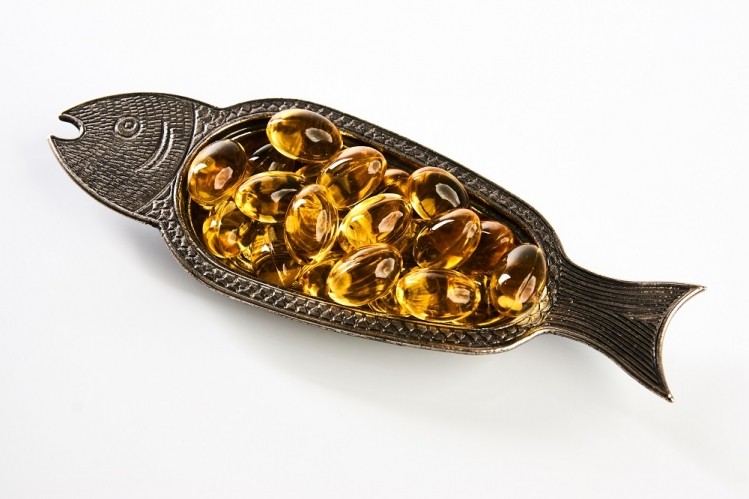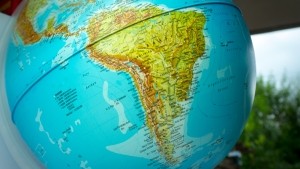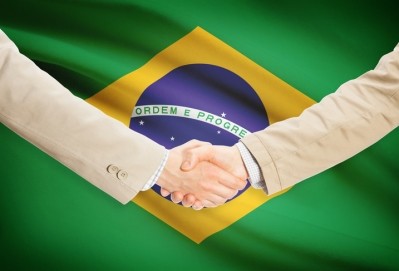More education will help realize huge potential for omega-3s in Latin America

NutraIngredients-USA spoke recently with Aldo Bernasconi director of information and research for GOED, or the Global Organization for EPA and DHA Omega-3s, as well as with former executive director Adam Ismail who left the organization at the beginning of March. Both said the region is a thriving market for omega-3s, with relatively few regulatory hurdles. But they stressed much more work can and needs to be done.
Small market that’s still immature
“It’s growing very nicely but it is still a small market,” Bernasconi said. For one thing, Bernasconi said the market not only has room to grow in overall size but still exhibits some aspects of immaturity that have mostly disappeared from the omega-3 markets in Europe, North America and Asia. Concentrates, for example, still play a very small role in Latin America. This would seem to indicate that consumers are connecting well with the notion that fish, fish oils and other omega-3 oils are healthful things to consume, but know less about the specific benefits of EPA and DHA and why higher dosages might be preferable. In the more mature markets, much of the demand for the base oils seems to be driven by price. In other words, many consumers understand the value proposition of the more concentrated, more expensive ingredients and continue to choose the base 18:12 oils because of a desire to spend less.
“Our estimate is that in 2016 the total volume of omega-3 oils in the Latin American market was 3,900 metric tons, of which 3,280, or about 84%, was 30%-type refined oils. A fairly decent amount was cod liver oil, and concentrates, mostly ethyl esters with concentrations of around 40-to-60%, added up to about 90 tons. The market grew at about 7% between 2015 and 2016,” Bernasconi said.
No thoroughgoing culture of fishing

Ismail said that official recognition of omega-3s by health authorities in Latin America lags behind the rest of the world. This could be attributed to cultural factors to some degree. Fish consumption is high in coastal regions, but drops off sharply as one moves inland, and no region has a history and culture like that of Norway that is built around the processing of fish. Underdeveloped infrastructure and meager transportation networks play a role, too. In Brazil, for example, there is a thriving fishing culture in the northeastern state of Bahia. But this is done for the most part by small crews using wooden sailing boats called jangadas that can be launched off the beaches in a region where there are few good harbors. And back to the beach they come with their catch loaded in styrofoam coolers in the shallow holds without a refrigerator or freezer in sight. The fish is sold as is, where is.
Another part of South America, the waters off Peru and northern Chile, boasts the anchovy fishery, the world’s most productive. This one fishery still accounts for about 70% of the world’s daily servings of EPA and DHA. But even here, there is little appreciation of this resource, Ismail said. It’s like living near a gold mine and not knowing the value of the metal.
“Anchovies are a good source of nutrition but one that is hardly consumed by the overall population,” Ismail said. “In Peru I think it is recognized that they need to shift intakes more toward fattier fish. So some of the fish oil companies there in Peru have contributed to a government program to try to get people to each more anchovy. It’s a difficult proposition because it’s a small, bony, strong flavored fish that can be difficult to prepare.”
Fish promoted primarily as protein source
Bernasconi said that even with the government program supporting the intake of these healthful fish, the message is really more about macronutrients as opposed to the micronutrient content of the fish.
“It’s more a matter of protein and calories delivery,” Bernasconi said.
Even where higher amounts of fish are being eaten, it’s not always the right kind of fish to really move the cardiovascular disease needle or any of the other benefits of omega-3s intake, Ismail said.
“Brazil for example imports a lot of seafood. It’s an odd thing to say, but Brazil is the world’s no. 1 importer of salted cod. You might be getting some good protein in salted cod but you are not getting a source that is rich in omega-3s,” he said.
Changing international recommendations will help on local level
Bernasconi said the path to market in many of these countries with the notable exception of Mexico changes the way information campaigns around omega-3s might reach Latin American consumers. To change the minds of the people who influence consumers, it will first be necessary to change the messages coming from international bodies.
“Pharmacies are a big retail channel for supplements in most South American countries. In Mexico it’s more similar to what we have, where companies like Walmart are big players,” he said.
“That has been unchanged for some time, though there is a growth in direct-to-consumer in Latin American countries. The pharmacists have a certain resistance to change, and they look to national regulatory authorities. With a couple of exceptions there are still basically no official recommendations around the intake of omega-3s.
“With the exception of Brazil, most of the countries in the region tend to take their regulatory cues from broader international organizations. They are looking at groups like Codex or the WHO for recommendations about what to tell their citizens,” Bernasconi said.
* For an overview of the regions regulatory landscape, please click HERE.









